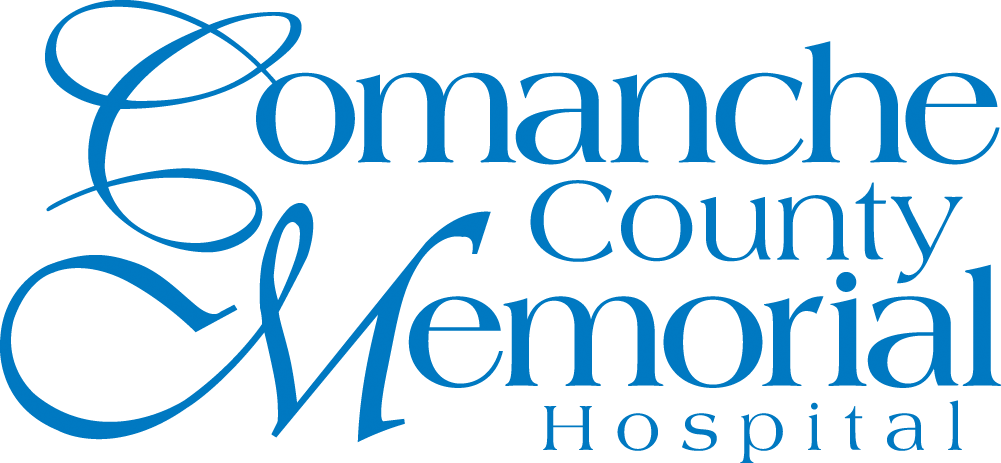September 13th marked Celiac Disease Awareness Day. 1 in 100 people worldwide have Celiac Disease. Celiac Disease is a serious autoimmune disease that occurs in genetically predisposed people where the ingestion of gluten leads to damage in the small intestine. People with Celiac Disease will often experience discomfort, pain, and reactions to foods containing gluten. They could even become hospitalized if the reaction is extreme. Gluten Intolerance can also cause discomfort, nausea, bloating, and other symptoms. This indicates your body has a tough time digesting gluten and wheat products.
What is Gluten?
Gluten is a protein found in most grains, especially those that are processed prior to arriving on the shelf for consumption. The most commonly known foods containing gluten include those made with wheat, barley, rye and triticale (a cross between wheat and rye). These can cause serious health problems or other sensitivities, especially in the digestive tract. So with gluten being in many common household pantry items, what can people with Celiac Disease count on as natural foods that do not contain gluten? The following list is a good starting point to build a pantry full of natural, gluten free foods.
Steel Cut Oats
Many people with Celiac Disease and a Gluten intolerance steer clear of breakfast staples like pancakes and french toasts. But luckily, your favorite oatmeal is still on the table. Dress this breakfast bowl up with cinnamon, apples, bananas, or strawberries, all naturally gluten free!
Brown Rice
For those who are missing their favorite starchy foods like bread and pasta due to gluten intolerance, Brown Rice is an excellent go-to to satisfy those cravings. This grain is a great source of vitamin B3, vitamin B1, vitamin B6, manganese, phosphorus, and iron. This is an excellent carb source for active individuals and athletes who may not be able to cook up a batch of spaghetti before a big day of activity.
Quinoa
Quinoa is also known as a super grain. It may be confused as a gluten-containing food based on its category as a naturally grown grain. But Quinoa is safe to eat for those with Celiac as it does not contain gluten. Prepared much like rice, this grain is an excellent source of fiber and protein. Have with salt and pepper, or toss with your favorite shredded *gluten-free* cheese.
Fruits and Vegetables
Fruits and Vegetables are the golden child of a gluten free diet. Filled with antioxidants, vitamins, minerals, and other naturally occurring ingredients that serve our bodies in all the right ways, feel safe reaching for that apple or banana. Another vitamin-packed snack is Broccoli. Dip in a gluten-free hummus for added flavor. Just be sure to check your labels to ensure any dipping sauces are marked “gluten free” or “wheat free”. Also, be sure to check any canned, frozen, or freeze dried fruit and vegetables, as these may contain additives that could contain traces of wheat or other forms of gluten.
Potatoes
Straight from the ground, these starchy power foods are an incredible way to satisfy hunger and provide you with vitamins. Dress them up with sour cream and chives for a decadent side dish.
Other gluten free foods include most dairy products, nuts, and chickpeas. For any food you may have questions about, be sure to check the labels on your food before eating, or ask a healthcare professional. If you are having any symptoms or signs of Celiac Disease or develop allergies to common foods, contact your CCMH provider to discuss treatment options and nutritional advice.
Disclaimer:
The Comanche County Memorial Hospital website does not provide specific medical advice for individual cases. Comanche County Memorial Hospital does not endorse any services obtained through information provided on this site, articles on the site or any links on this site.
Use of the information obtained by the Comanche County Memorial Hospital website does not replace medical advice given by a qualified medical provider to meet the medical needs of our readers or others.
While content is frequently updated, medical information changes quickly. Information may be out of date, and/or contain inaccuracies or typographical errors. For questions or concerns, please contact us at contact@ccmhhealth.com.
Sources:
Celiac Disease Foundation: https://celiac.org/about-celiac-disease/what-is-celiac-disease/
Nuts.com/healthyeating: https://nuts.com/healthy-eating/gluten-free-foods?gclid=Cj0KCQjwtZH7BRDzARIsAGjbK2ay8nGkxExhZdYWIa-3CKOz4e4wGbKuqtslKhR-xCE76e4HVLu6YwsaAiRrEALw_wcB
The Mayo Clinic: https://www.mayoclinic.org/healthy-lifestyle/nutrition-and-healthy-eating/in-depth/gluten-free-diet/art-20048530
Healthline: https://www.healthline.com/nutrition/gluten-free-foods

